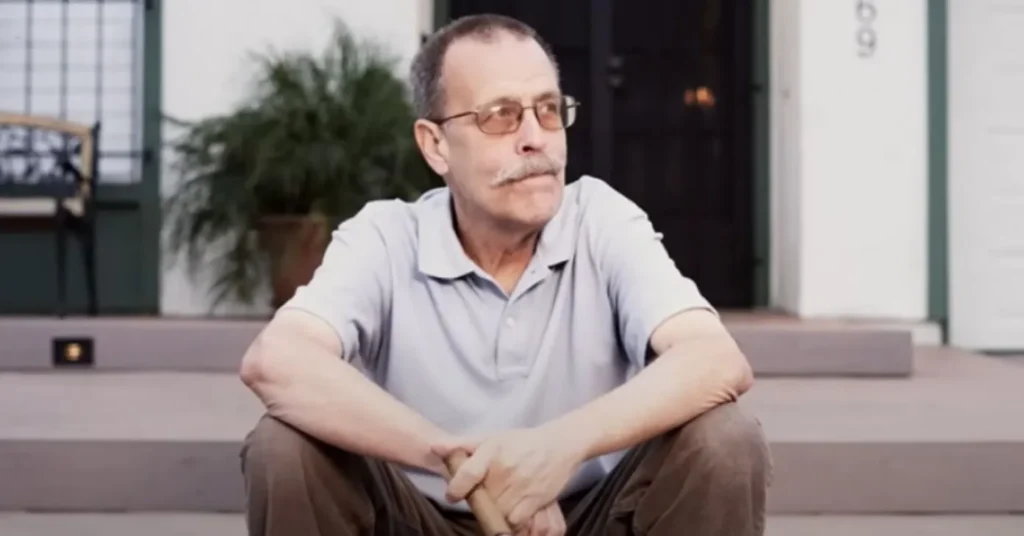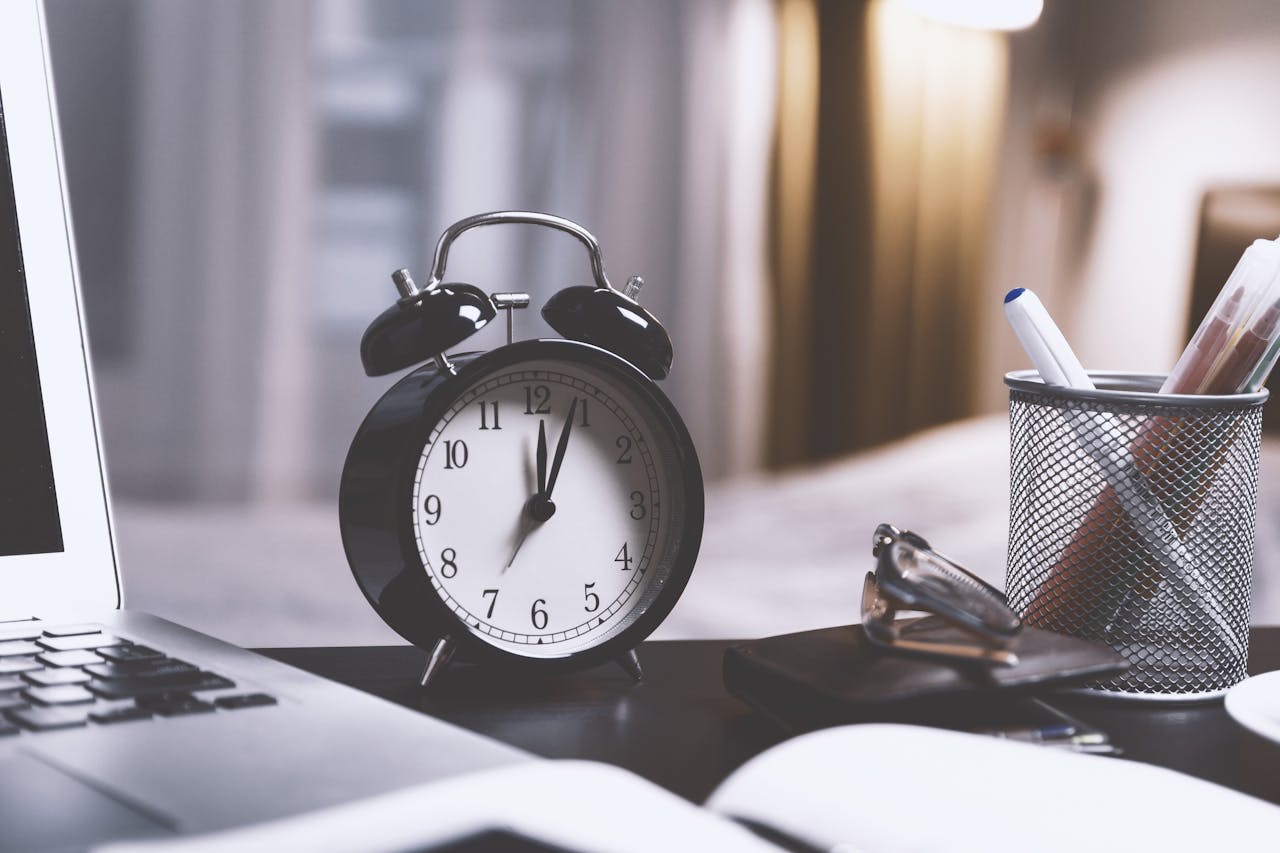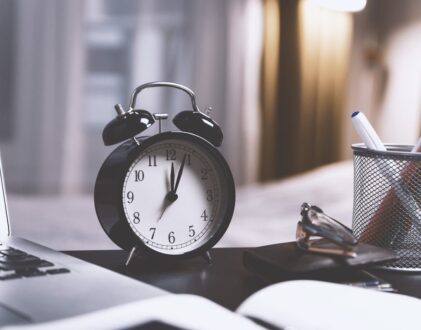It’s 4 a.m., and the big test is in eight hours, followed by a piano recital. You’ve been studying and playing for days, but you still don’t feel ready for either.
So, what can you do? Well, you can drink another cup of coffee and spend the next few hours cramming and practicing, but believe it or not, you might be better off closing the books, putting away the music, and going to sleep. Sleep occupies nearly a third of our lives, but many of us surprisingly give little attention and care to it. This neglect is often the result of a major misunderstanding.

Let’s get to our question which is how long can you go without sleep? My personal best is a mere 38 hours, and there’s a four-hour chunk that I absolutely do not remember. Health care workers often work full 24-hour shifts.
Still, most of us try not to go more than a day without at least getting in a nap. Well, Randy Gardner – the teen who broke a world record when he stayed awake, without any sleep, for eleven days and he did it without any stimulants which is amazing. So, let’s go over day by day and see exactly what happened to him.
11 DAYS NO SLEEP EXPERIMENT
On December 1963. San Diego high schoolers Randy Gardner and Bruce McCallister needed a project for the upcoming science fair. While other kids may be content with baking-soda-volcanoes or solar system dioramas, Randy has his sights set on something bigger. He comes from a military family, constantly moving, and is used to distinguishing himself by taking first prize at the science fair, no matter where he lives. San Diego’s the biggest city they’ve landed in, though. If he’s going to make his mark, he’s going to have to go bigger than ever before.
So, he and Bruce decides to make history. By breaking the world record for sleep deprivation. At that time, the record was held by Tom Rounds, a disc jockey for KPOI radio in Honolulu, he stayed up for a record 260 hours – just four hours less for eleven days. The publicity worked – Rounds made news around the world. It caught the attention of Bruce and Randy

They decide to take on a more straightforward experiment for their science project: The effect of sleeplessness on cognitive ability. To be measured in various ways: memory tests, math problems, and on the basketball court. They decide one of them will be the test subject, and the other the observer. They flip a coin and Randy gets to be the guinea pig. He’s not worried, though – he’s confident that he can stay up the full eleven days, beating Tom Rounds by four hours, then catch up on sleep after, suffering no ill side effects.
DAY 1

The experiment begins early in the morning on December 29th, 1963. They keep a chart on the wall, on which Bruce can make notations. Randy stays active, playing basketball. Regular meal-taking is maintained, and otherwise, there is nothing added to the diet – no stimulants, not even coffee, maybe the occasional Coke. Randy’s parents are also getting concerned. They call in an expert, Lt. Commander John J. Ross of the US Navy Medical Neuropsychiatric Research Unit.
At first, things are progressing as expected. Randy appears to be mostly unaffected, though he gets increasingly irritable. He also starts to get a little spacey in conversation. Still, his basketball abilities remain unaffected, and he can still go out for walks with little incident.
DAY 2
He starts having difficulty focusing his eyes and he had signs of Asteroid gnosis that means difficulty in recognizing objects by touch. So, if you’ve got your eyes closed and you had banana in your hand he had no idea what it was.
DAY 3
Moody and he had some signs of Ataxia that means inability to repeat simple tongue twisters such as she sells seashells on the seashore.
DAY 4
The New Year comes, and the boys’ experiment gets a write-up in the newspaper. That article gets the attention of William C. Dement; a sleep researcher based out of Stanford University. Dement is a pioneer in sleep medicine. Along with classmates Eugene Aserinsky and Michel Jouvet, and under the mentorship of Nathaniel Kleitman, Dement helped to identify and define REM sleep in the 1950s.

He volunteers his services, arriving with an electroencephalogram, or EEG, to record Randy’s brain activity and eye movement. The boys parents are more than happy to have more professionals on the scene. While Dement says Randy seems mostly unaffected, Lt. Commander Ross records that he’s beginning to experience hallucinations. They said he had an uncooperative attitude and he also had memory lapses. He had his first hallucination that a street sign was a person. Then he had a delusional episode in which he imagined that a famous footballer was after him.
DAY 5

Hallucinations reported that he saw a path extending from the room in front of him down through a quiet forest. Randy knows it’s a hallucination, but still – he sees it. The hallucinations are not unexpected. Fortunately, Randy’s hallucinations are not that violent. While it’s dangerous to sit down, he enjoys driving around in the convertible Dement’s brought with him. Dement also observes that the growing media coverage is becoming a circus, with newspaper, radio, and television all camping out in Randy’s neighborhood. The attention and sudden celebrity are enough to keep anyone awake, much less a 17-year-old at the height of his confidence. And, of course, there’s always basketball.
DAY 6-9
All else is beginning to suffer: his speech slows and slurs, he has trouble remembering the names of common objects, he stops speaking in the middle of sentences and forgets he was talking at all. The group conducts tests on his senses of taste, smell, and hearing, and are surprised to see that not all of them become dulled – but, rather, more sensitive. But his basketball game does not suffer – he even continues to win when playing against others.

Dement’s mentor, Nathaniel Kleitman, noticed similar behavior in his early experiments in 1922. Kleitman observed that subjects had to be in constant activity to fight off drowsiness. And not just any repetitive activity, but something truly dynamic – like basketball or bowling, activities where you’re constantly changing speed and approach, where there’s stimuli all around you. As his student Dement would later put it, “almost continuous muscular activity is necessary to forestall overwhelming sleepiness.” Kleitman also found that it got worse for his subjects between 3AM and 6AM.
DAY 10
Randy is experiencing paranoid episodes. During a radio interview, he suspects the host is mocking him. Purposely trying to make him appear foolish. But while he might not be a fool, he is getting vaguer. When Dement speaks with Randy, he records that while there are some minor lapses, Randy is altogether pretty together, pretty unaffected. He still knows he’s Randy Gardner. But when Lt. Commander Ross records his observations, he notes that Randy is having trouble remembering some of the details of the past ten days. And in order to get any response, he often has to be prompted.
DAY 11
Lt. Commander Ross records that Randy is expressionless. They conduct a test starting from the number 100, Randy is asked to proceed downward by seven. 100, 93, 86, 79, 72, 65…65….65…when asked to go past 65, Randy is unable to. In the middle of the test, he’s forgotten what they’re doing. Later, though, Dement records a more optimistic interaction. After 3AM, Dement and Randy find themselves in a penny arcade. The two compete in about 100 games on a pinball machine and Randy wins every time. To Dement, this is proof of “his lack of physical or psychomotor impairment.”

As the morning comes, Randy gives a press conference. According to all observers, it’s the best he’s presented himself – he’s articulate, informative, engaging. He’s also a world record holder.
January 8, 1964, Randy Gardner, 17 years old, has gone without sleep for eleven days. He is whisked away to the San Diego Naval Hospital where, watched over by more sleep researchers in a lab. Randy finally gets his first night’s sleep in 264 hours and 12 minutes. He slept for 14 hours and 40 minutes, before he finally gets up to use the bathroom. He stays up for 24 hours before going back to bed for another eight hours…and continues his life as normal
The data of his brain activity is processed in Arizona, and the results are pretty interesting. While Randy technically stayed awake, his brain was taking catnaps. Parts of his brain would actually fall asleep, while other parts remained active. This may explain the hallucinations, they were actually dreaming while still awake. Randy set out to prove the human body doesn’t need sleep; instead, he learned that the body finds a way.

Well into his 60s, he continues to be contacted by scientists and researchers from around the world, but there’s also a not-so-fun side effect. Randy suffers from almost-debilitating insomnia, and he fully blames his record-breaking stunt. He suffered for almost a decade before finally finding a routine that works for him – and now, the boy who didn’t sleep is a man who needs his eight hours.
In the meantime, many others have worked to dethrone Randy. The Guinness Book of World Records, though, recognizes Maureen Weston of Peterborough, United Kingdom, who in 1977 went without sleep while participating in a rocking chair marathon for 449 hours that’s 18 days and 17 hours! But don’t even try to beat that. The Guinness Book of World Records no longer recognizes the category of sleep deprivation, deeming it too dangerous.
CONCLUSION
So, the question should be changed from how long can we go without sleep to how long is it okay to go without sleep and the answer seems to be about 16 hours of wakefulness. Once you get past 16 hours of being awake that’s when we start to see mental deterioration and physiological deterioration in the body. We know that after you’ve been awake for 19 or 20 hours your mental capacity is so impaired that you would be as deficient to someone who is legally drunk. So if you were to ask me what is the recycle rate of a human being it does seem to be about 16 and we need about eight hours of sleep to repair the damage of wakefulness essentially is low-level brain damaged

Sleep isn’t lost time, or just a way to rest when all our important work is done. Instead, it’s a critical function, during which your body balances and regulates its vital systems, affecting respiration and regulating everything from circulation to growth and immune response
So hopefully you can see now that skimping on sleep not only harms your long-term health, but can actually have serious effects. If you are interested in more such articles then do check out our website medicoved.com
Author : Dr. Easminara Shaikh



Thank you for the suggestion.
I’ll consider taking a nap.
I am glad it helped. Do share it among your friends
This article is really very helpful in understanding sleep.
Thanks.
Your welcome. Do check out my other articles. I know you wont regret 🙂